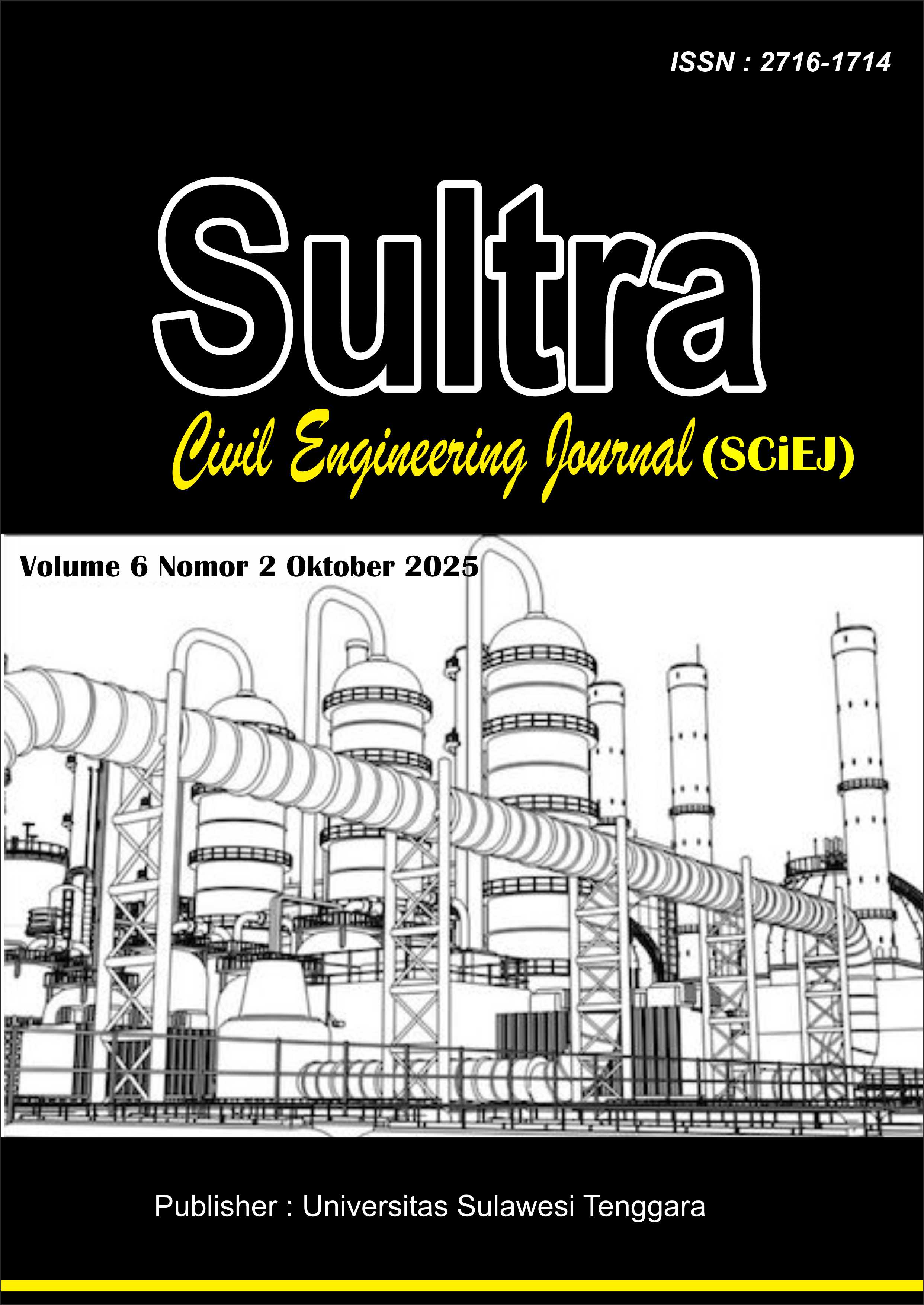Analisis Network Planning Dengan Cpm (Critical Path Method) Dalam Rangka Efisiensi Waktu Dan Biaya Pada Pembangunan Gedung Bertingkat (Studi Kasus Sdn 16 Kab.Pinrang)
Abstract
This research is caused by the need to improve time and cost efficiency in the implementation of construction projects, particularly in the construction of multi-story buildings such as the SDN 16 Pinrang project. Until now, project scheduling has relied on the Bar Chart method, which is not capable of optimally identifying dependencies between activities. The purpose of this study is to analyze the application of the Critical Path Method (CPM) in scheduling multi-story building construction projects to enhance project execution effectiveness. The research method used is a descriptive quantitative approach, with data collected through document studies, field observations, and secondary data analysis of the Bill of Quantities (RAB). The results show that the CPM method is effective in identifying critical activities that determine the total project duration. Out of 10 project activities, Five are non-critical and have slack time that can be utilized for acceleration without affecting the main critical path. Through the optimization of parallel work and the use of slack time, the project duration can be reduced from 26 weeks to 18 weeks, resulting in a cost saving of IDR 431,525,263.65 or approximately 23.55% of the initial total budget
Downloads
Copyright (c) 2025 Muh Nawir T, Jasman Jasman, Imam Fadly, Kasmaida Kasmaida

This work is licensed under a Creative Commons Attribution 4.0 International License.























